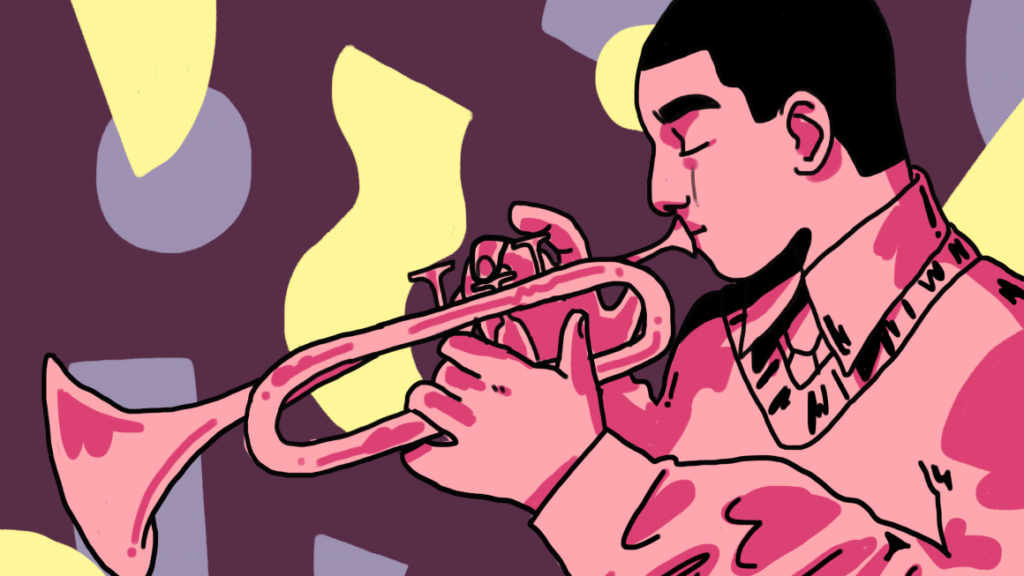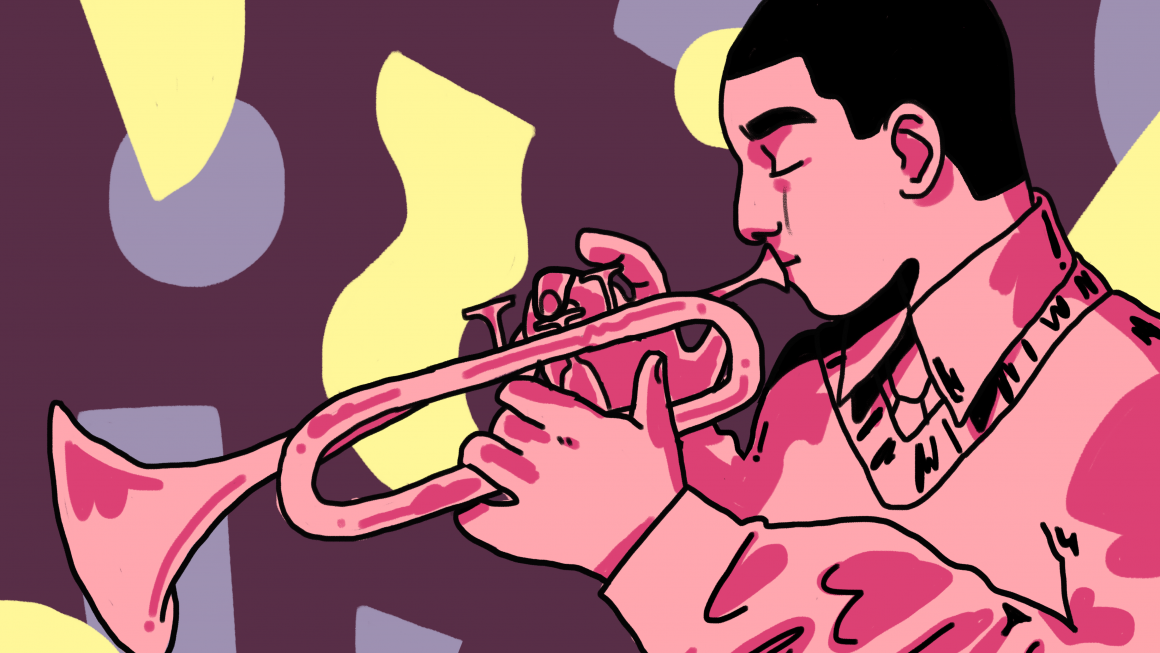Introduction:
Jazz, the quintessence of American music, is a genre that embodies the spirit of creativity, freedom, and cultural diversity. From its humble origins in African and European musical traditions, jazz has evolved into a global phenomenon, captivating audiences with its improvisation, syncopation, and infectious rhythms. Join us on a captivating journey through the remarkable history of jazz, from its birth in the early 20th century to its profound influence on modern music.
- The Birth of Jazz: The story of jazz begins in the vibrant melting pot of New Orleans in the late 19th century. African and African-American musical traditions, including blues, spirituals, and ragtime, blended with European classical music and marching band music, giving rise to a unique and exciting sound. Jazz pioneers such as Buddy Bolden, Jelly Roll Morton, and Louis Armstrong emerged during this period, shaping the foundations of jazz with their groundbreaking improvisation and energetic performances.
- The Roaring Twenties and the Jazz Age: As the 1920s unfolded, jazz traveled from its birthplace to other urban centers like Chicago and New York City. The era became known as the Jazz Age, characterized by lively dance halls, speakeasies, and the wild abandon of the flapper generation. Jazz orchestras and big bands, including Duke Ellington’s Cotton Club Orchestra and Fletcher Henderson’s band, gained popularity, propelling jazz into the mainstream. The infectious rhythms of the Charleston, the Lindy Hop, and the Black Bottom danced to the tunes of jazz, creating a cultural revolution.
- Swing and the Big Band Era: The 1930s and ’40s witnessed the rise of the swing era, which brought jazz to the height of its popularity. Big bands, led by legendary figures like Count Basie and Benny Goodman, dominated the music scene. The era showcased dazzling soloists, such as saxophonist Coleman Hawkins and trumpeter Dizzy Gillespie, who pushed the boundaries of improvisation. Swing music also became the soundtrack of a nation during World War II, providing solace and unity during challenging times.
- Bebop and the Birth of Modern Jazz: The post-war period saw jazz undergo a radical transformation. In the 1940s, a group of forward-thinking musicians, including Charlie Parker, Dizzy Gillespie, and Thelonious Monk, rebelled against the predictable structures of swing and developed a new style known as bebop. Bebop was characterized by complex harmonies, intricate melodies, and lightning-fast improvisation. It marked a shift towards a more intellectual and virtuosic approach to jazz, inspiring generations of musicians and laying the groundwork for modern jazz movements.
- Cool Jazz, Hard Bop, and Fusion: The 1950s and ’60s witnessed further stylistic diversification within the jazz genre. Cool jazz, pioneered by artists like Miles Davis and Dave Brubeck, emphasized a more laid-back and melodic approach. Hard bop, with its soulful and bluesy undertones, gained prominence with musicians like Art Blakey and Horace Silver. Additionally, the fusion of jazz with elements of rock, funk, and world music emerged, led by visionary artists such as Herbie Hancock and Chick Corea, pushing the boundaries of jazz even further.
- Jazz Today and Beyond: In the contemporary landscape, jazz continues to evolve and innovate. The genre embraces influences from hip-hop, electronic music, and global traditions, leading to the emergence of genres like acid jazz, nu jazz, and jazz-funk. Today, jazz remains a vibrant and influential art form, with artists like Kamasi Washington, Esperanza Spalding, and Robert Glasper breaking new ground and captivating audiences worldwide.
Conclusion:
The history of jazz is a testament to the power of musical creativity and cultural exchange. From its humble beginnings in New Orleans to its global impact, jazz has transformed and adapted throughout the decades while retaining its core essence. Its diverse styles, masterful improvisation, and soulful expressions continue to inspire and resonate with music lovers of all generations. So, immerse yourself in the timeless rhythms of jazz, and let the music take you on a captivating journey that spans across time and culture.


No responses yet